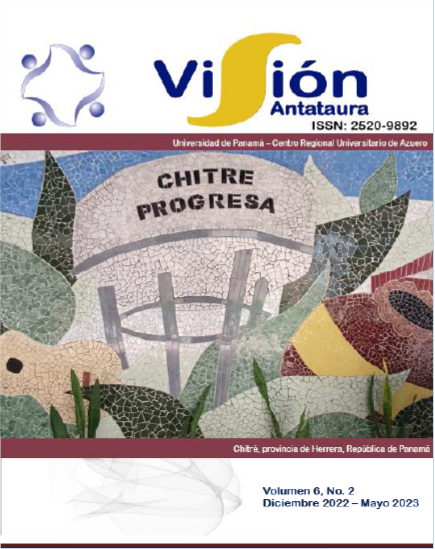


Esta obra está bajo una licencia internacional Creative Commons Atribución-NoComercial-CompartirIgual 4.0.
Se recolectaron los moluscos y crustáceos de la epifauna en los manglares de La Honda y Che Paulito, Los Santos, durante los meses de junio, julio y agosto de 2019 y 2020, en dos cuadrantes de 100 m2 cada uno, en ambos manglares, muestreados manualmente. Se sumaron los organismos de ambos períodos y resultaron 5 314 individuos en el primer manglar y 4 669 en el segundo, con dominancia del cangrejo Uca sp1 en ambos; no se observó diferencias de abundancia entre años en ninguno de los dos sitios. Se obtuvo una alta diversidad con respecto a otros manglares, a pesar del efecto de borde, con valores del índice H’ entre 1,10 y 2,04 en ambos manglares, con diferencias estadísticas interanuales. Esta variación no se pudo atribuir al fenómeno El Niño/La Niña, ni al efecto de la extracción de invertebrados por los moradores de las zonas aledañas, restringidos por el confinamiento producto del SARCOV-2.